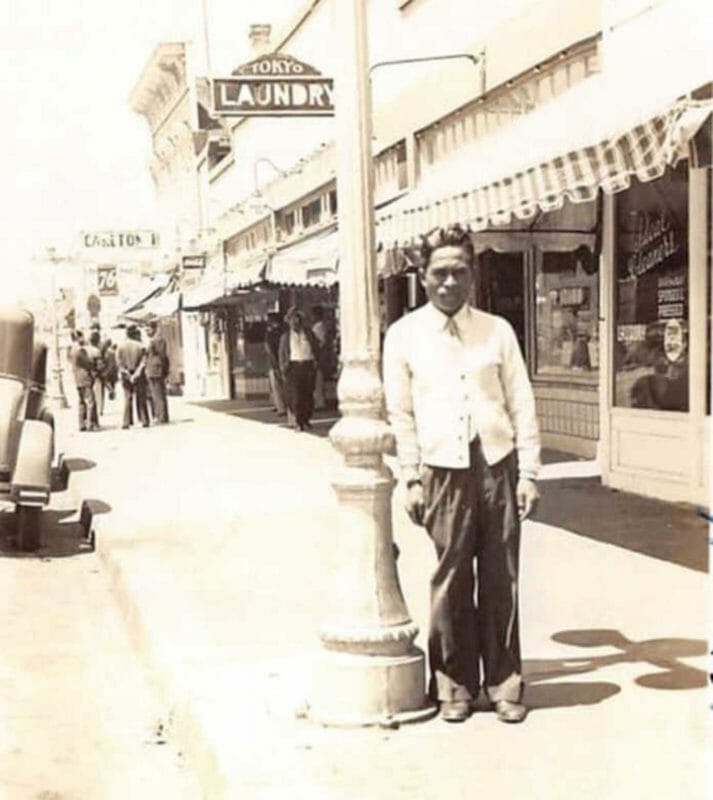California museum launches digital archive on Filipino pioneers

Dioscoro Respino Recio Sr. on Main Street, c.1930. —from the collection of Dioscoro “Roy” Recio J
SANTA CRUZ, California — A digital archive on the lives of Filipino pioneers in California’s agricultural Pajaro Valley was launched April 9 at this city’s Museum of Art and History.
The “Watsonville Is in the Heart Digital Archive” preserves documents on the first wave of Filipino immigrants (the Manong generation) that came to America during the 1920s and 1930s as farm workers.
” Filipinos who came in the 1920’s struggled quite a bit and had to suffer a lot of issues with racism,” said Steve McKay, University of California Santa Cruz faculty co-organizer of the “Watsonville is in the Heart” research initiative.
Although the archive is still in its developmental stage, the launching was meant to encourage contributors to its collection.
The archive includes information on the 1930’s Anti-Filipino Race Riots in Watsonville, when Filipino farm workers were violently attacked by the local residents who opposed immigration and socializing between Filipino men and white women.
“Filipinos have been in Watsonville since that time, but today there isn’t a single historical marker that Filipinos have played a role in Watsonville,” said McKay.
Included in the archive are photos, family heirlooms, hand-written letters, newspaper clippings and oral histories from the descendants of the farm workers.
It is a joint initiative of The Tobera Project and UCSC “Watsonville is in the Heart” research initiative. Fermin Tobera was the Filipino farm workers who was killed during the Watsonville anti-Filipino race riots.
The project plans to make the archive a part of the curriculum for the Pajaro Valley School District. A large exhibit on Filipinos in Pajaro Valley will held at the Museum of Art and Hisory in 2024.


